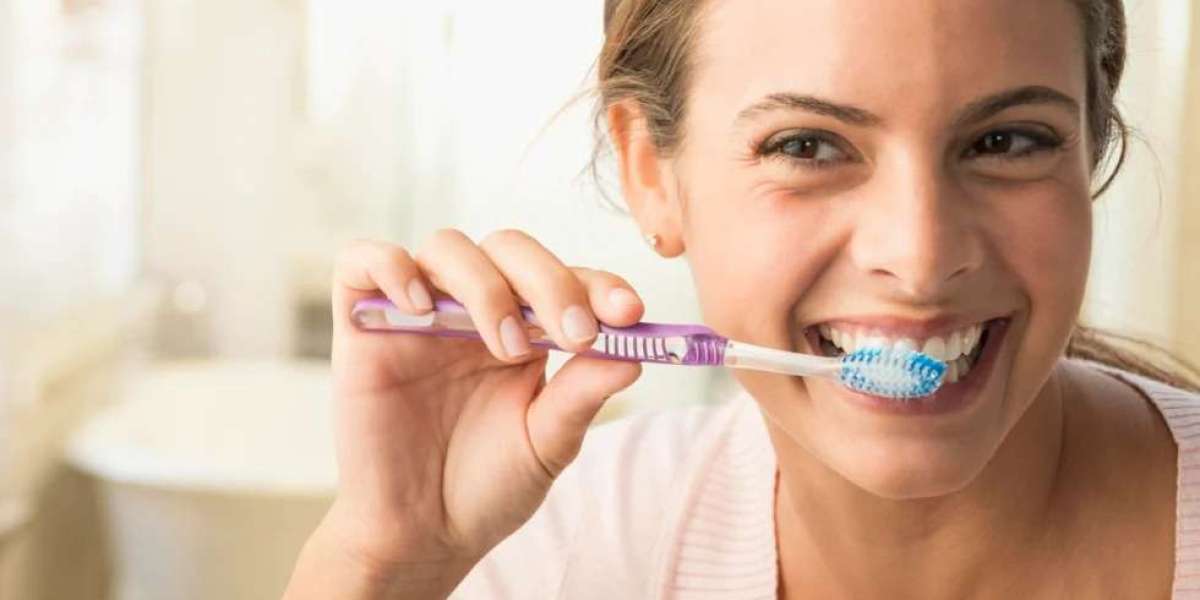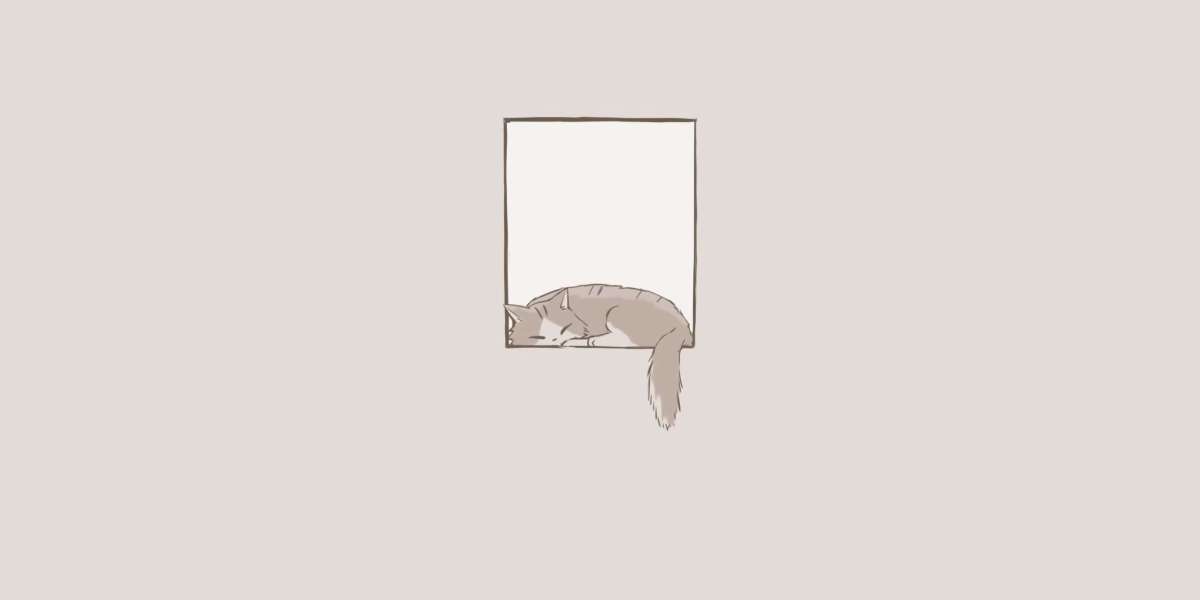Whitening strips have become a popular choice for those looking to brighten their smiles from the comfort of their own homes. However, a common question among users is whether it's best to apply white strips before or after brushing teeth. This decision can impact the effectiveness of the whitening treatment and the health of your teeth and gums. Let’s dive into the details to find out the best practice for using whitening strips.
Understanding Whitening Strips
Whitening strips are thin, flexible pieces of plastic coated with a whitening gel that contains peroxide. This gel penetrates the enamel to break down stains and discoloration, resulting in a whiter smile. They are a convenient and cost-effective alternative to professional teeth whitening treatments.
The Debate: Before or After Brushing?
Brushing Before Applying Whitening Strips
Advantages:
Removes Surface Plaque: Brushing before applying whitening strips helps remove plaque and surface debris from your teeth. This can ensure that the whitening gel has direct contact with your enamel, potentially increasing its effectiveness.
Prepares Your Teeth: Brushing prepares your teeth by cleaning them, which might help the whitening agents in the strips penetrate better. This can result in a more even whitening effect.
Disadvantages:
Potential Sensitivity: For some people, brushing too vigorously before applying whitening strips can lead to increased tooth sensitivity. This sensitivity might be heightened when combined with the peroxide in whitening strips.
Possible Discomfort: If you have sensitive gums or teeth, brushing before applying whitening strips might cause some discomfort, especially if you use a toothpaste with strong ingredients.
Brushing After Applying Whitening Strips
Advantages:
Removal of Residue: Brushing after using whitening strips can help remove any leftover gel and residues, ensuring that your mouth feels fresh and clean.
Reduced Sensitivity: For those with sensitive teeth or gums, waiting to brush until after removing the strips may reduce the risk of discomfort and sensitivity.
Disadvantages:
Reduced Effectiveness: Brushing immediately after using whitening strips might remove some of the whitening gel that is still on your teeth, potentially reducing the overall effectiveness of the treatment.
Timing Issues: If you brush immediately after removing the strips, you may miss the opportunity to let the whitening agents continue to work on your teeth for the full recommended time.
Best Practices for Using Whitening Strips
Follow the Instructions
Always follow the manufacturer's instructions for the best results. Most whitening strips come with specific guidelines on when and how to use them. Adhering to these directions will help you achieve the desired whitening effect while minimizing any risks.
Maintain Good Oral Hygiene
Regardless of whether you brush before or after using whitening strips, maintaining good oral hygiene is crucial. Brush your teeth twice daily with fluoride toothpaste and floss regularly to keep your teeth and gums healthy.
Avoid Eating or Drinking Staining Foods
After using whitening strips, avoid consuming foods and beverages that can stain your teeth, such as coffee, tea, red wine, and berries. This will help prolong the whitening effect and keep your smile bright.
Conclusion
Deciding whether to brush before or after using whitening strips largely depends on your personal preferences and sensitivity levels. Brushing before applying the strips can enhance the effectiveness of the whitening treatment by removing surface plaque, while brushing afterward helps remove any residue and may reduce sensitivity for some individuals. Ultimately, the key to achieving a whiter smile lies in following the instructions provided with your whitening strips and maintaining consistent oral hygiene. By making an informed decision and taking proper care of your teeth, you can enjoy a brighter, more confident smile.







